Ancient Pyramid Collapse Signals Bad Omen
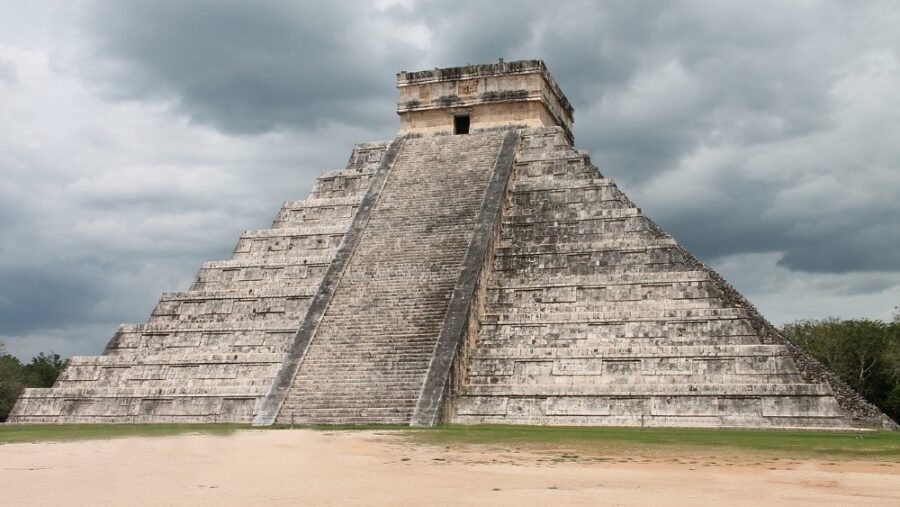
An ancient pyramid collapse in Mexico is the latest heritage site affected by extreme weather events. On July 29, the pyramid located in Michoacan saw its south wall crumble due to the results of incessant rainfall in the area. The pyramid was considered one of the most well-preserved ancient monuments leftover from the Michoacan Kingdom civilization.
A Mexican Pyramid Fell Apart
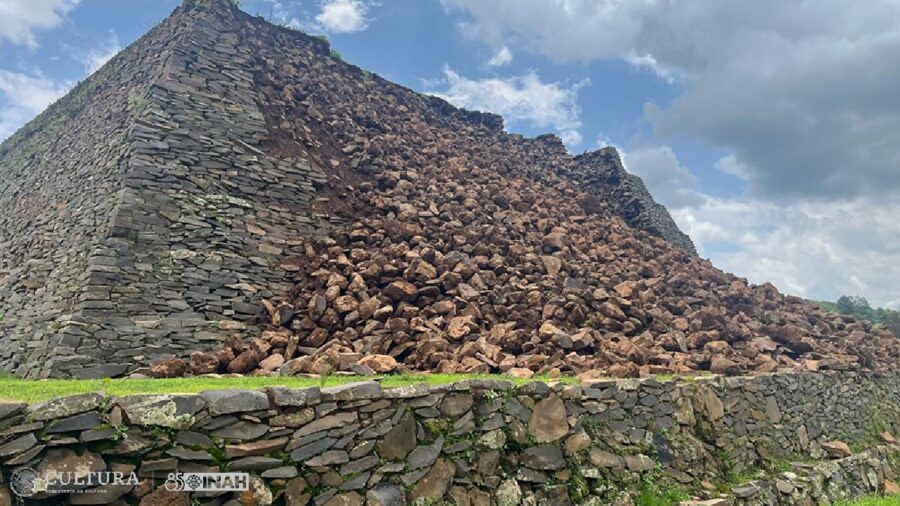
The Mexico pyramid collapse is one of many recent examples of these events, with Utah’s Double Arch collapsing just a couple of days ago, likely due to erosion and changing water levels. Earlier this year, a study that looked at the building materials of cultural landmarks of Europe and Mexico found that high levels of increased precipitation can put these buildings at an increased risk of damage. Tariakuiri Alvarez, a man who identifies as a living member of the Purhepecha tribe, said his ancestors would have viewed the collapse as a “bad omen.”
He may be right, as just days ago the Mediterranean Sea was reported by Spanish researchers to have its highest surface temperature ever recorded at a daily median of 28.9 degrees Celsius. This is the second summer in a row that the Mediterranean has reached temperature beyond the record-breaking heatwave in 2003. Of course, this record heating has all kinds of effects on the oceans and marine life.
Extreme Weather Is To Blame
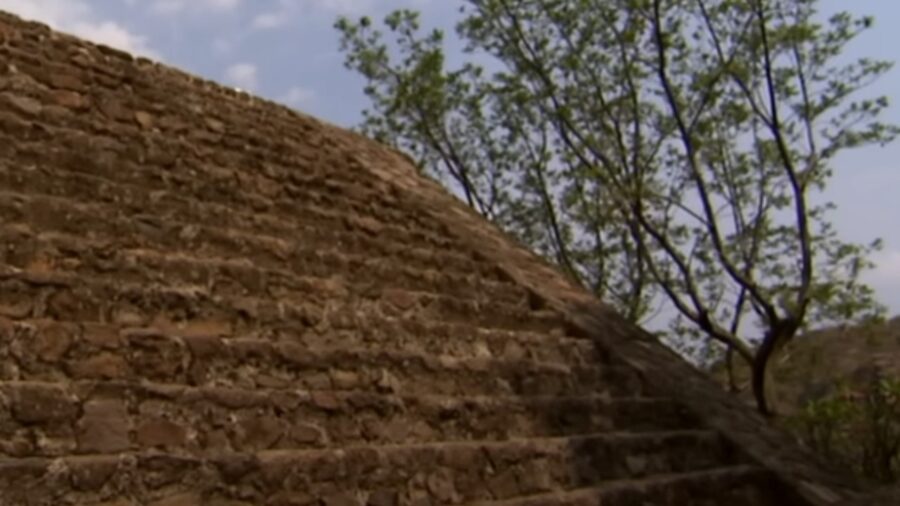
Personnel from Mexico’s National Institute of Anthropology and History said the pyramid collapse only happened to one of the two pyramids, though the continued extreme weather events paint a possibly grim future for the other monuments at the archeological site. Before July saw heavy rainfall and thunderstorms over much of Mexico, the nation had just come out of one of the worst droughts it had experienced in the last 30 years. The drought was severe enough to cause several lakes to dry up completely.
The Unconquered
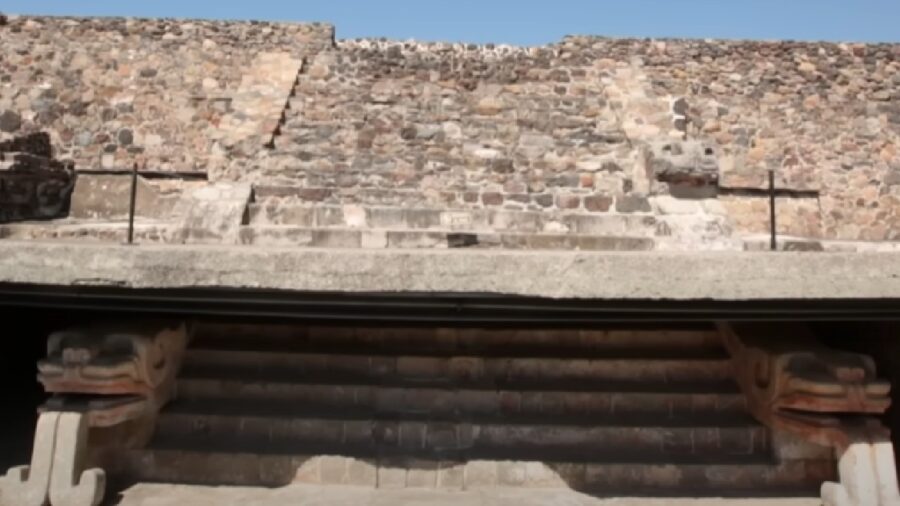
The pyramid collapse is located at the archeological site Ihuatzio in Michoacan, which has other amazing monuments, such as another pyramid, a tower, and various tombs. The area was occupied over 1,110 years ago by the Indigenous Nahuatl-speaking population before becoming the primary city of the P’urhepechas people. The P’urhepechas culture has survived to the modern day and is known for being the only empire that the Aztecs were unable to conquer.
Attempts To Save Other Pyramids
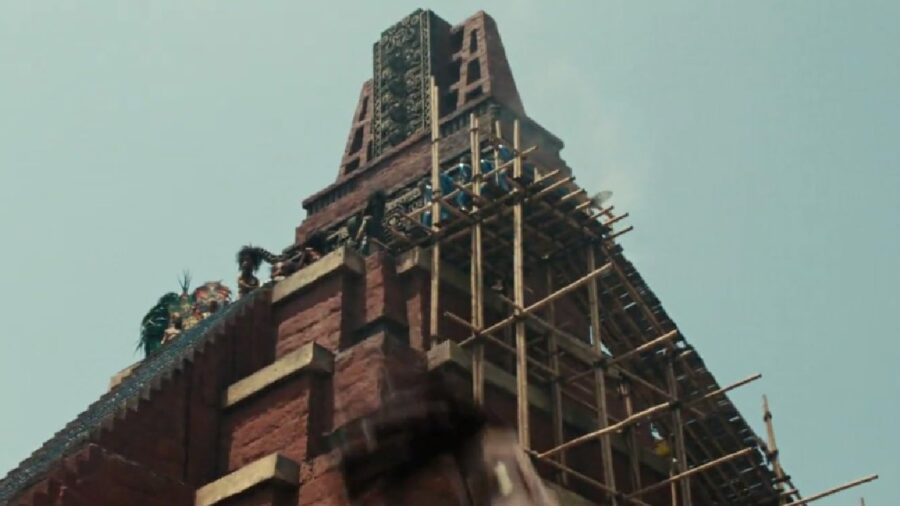
Mexico’s National Institute of Anthropology and History said that the high temps and the drought caused cracks that led to the filtration of water into the interior of the pyramid, eventually leading to the collapse. Officials are attempting to repair the structure of the building in the meantime, but continued extreme weather can likely cause more issues in the future. Human-driven climate change has caused rising seas and extreme weather events that have caused issues for these kinds of heritage sites worldwide.
Not Going To Be The Last Ancient Site Lost Forever

Hopefully, this pyramid collapse will be the last heritage site to be affected by climate change for a while, but it seems unlikely this will be the case. With all the news reports of these structures and monuments collapsing due to extreme weather, it certainly seems like the “bad omens” aren’t done for the foreseeable future.
Source: INAH












